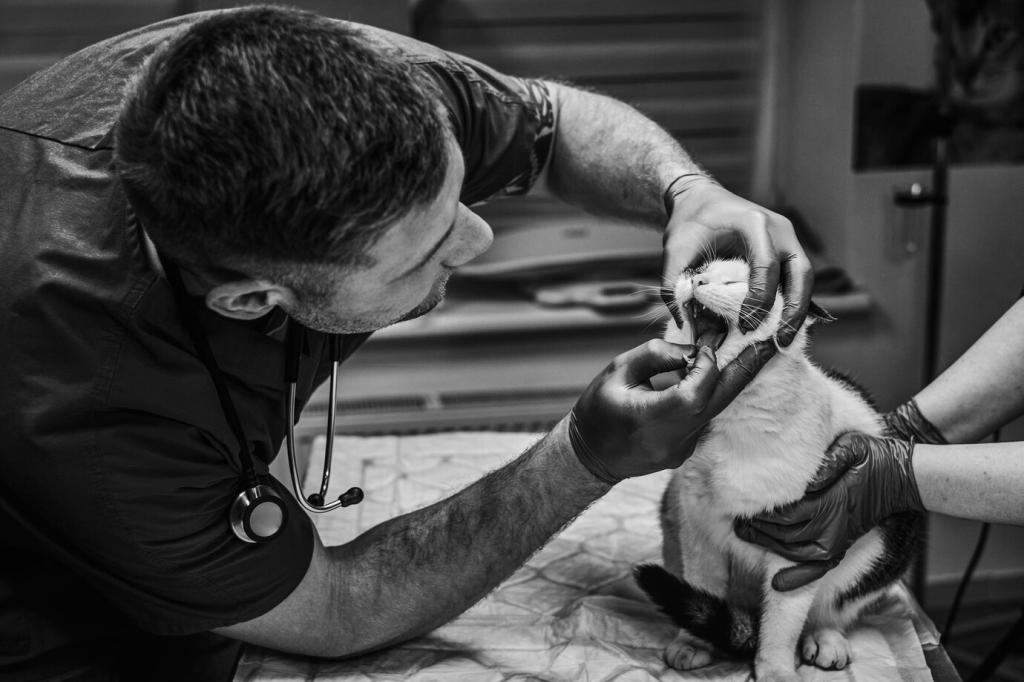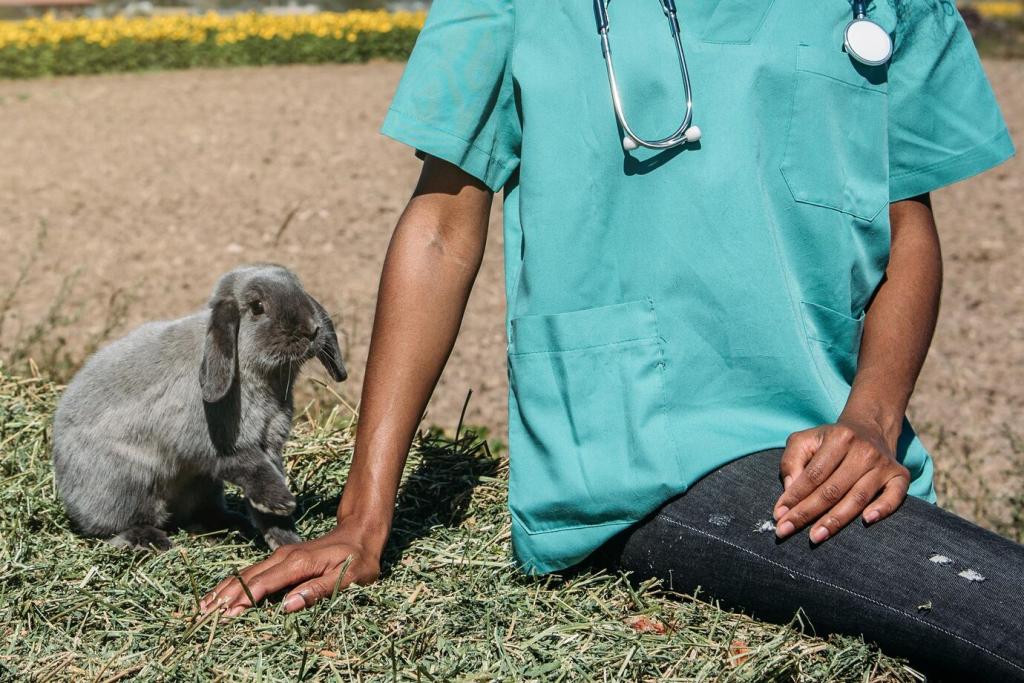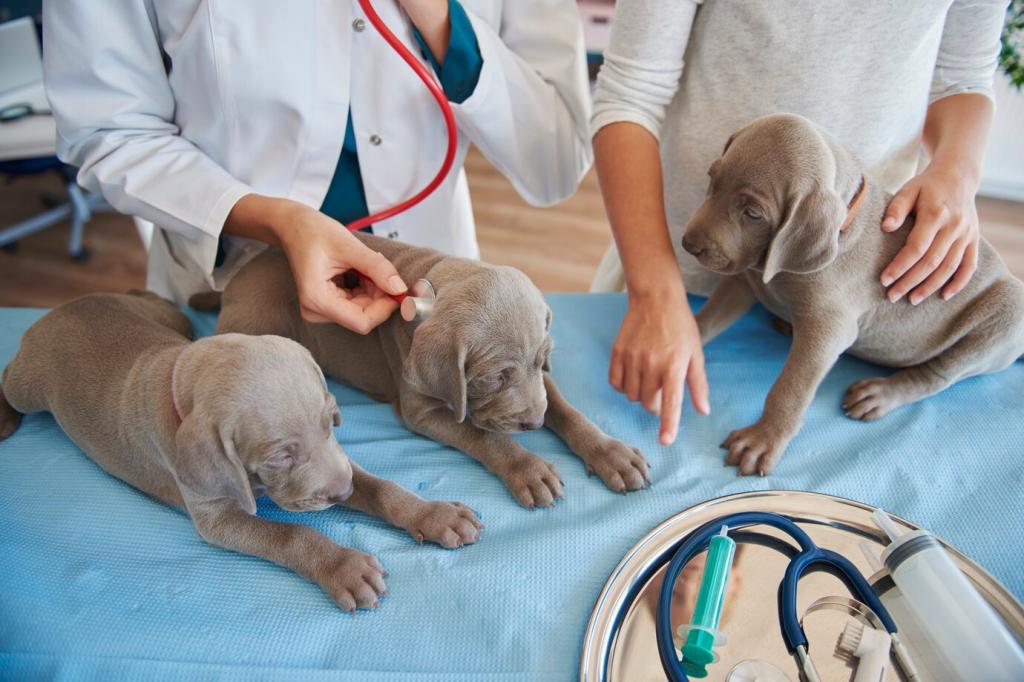
Seizure First Aid in Dogs and Cats: Calm, Clear Guidance When Seconds Matter
Chosen theme: Seizure First Aid in Dogs and Cats. Learn to recognize episodes, protect your pet safely, and feel more confident with practical, compassionate steps you can use immediately at home.
Common Warning Signs
Many pets show pre-seizure cues: restlessness, pacing, clinginess, glassy eyes, sudden fearfulness, or unusual hiding. In some dogs and cats, subtle lip licking or distant staring precedes twitching, giving you precious seconds to move hazards and start timing.
What Is—and Isn’t—a Seizure
True seizures often include loss of awareness, paddling, rigidity, drooling, or involuntary urination. Head tremors or brief twitches can be non-epileptic. Recording a video for your veterinarian helps distinguish seizures from vestibular episodes, pain, or harmless dream movements during sleep.
Typical Duration and When to Worry
Most seizures last one to three minutes. If a seizure reaches five minutes, or several occur in a day, treat it as an emergency. Long episodes risk overheating and brain stress. Have an emergency number ready, and share it with family members in advance.
Step-by-Step First Aid During a Seizure

Slide furniture away, cushion the head with a folded towel, and block access to stairs. Turn off bright lights. Never put your hands near the mouth—pets do not swallow their tongues, and you could be bitten unintentionally. Speak softly to keep the environment calm and predictable.
Caring for Your Pet After the Seizure (Postictal Period)
Pets may appear disoriented, blind, or hungry for up to an hour. Keep pathways clear, offer calm words, and dim the lights. Avoid crowded handling, and allow slow, steady movement. Your presence and patience are among the most powerful comforts during this vulnerable window.
Caring for Your Pet After the Seizure (Postictal Period)
Look for bumped gums, broken nails, or bruises from paddling. Feel the ears and body for excessive heat, and call your veterinarian if you are concerned about temperature. Gentle airflow and a cool, quiet space aid recovery without startling your pet’s senses.
Caring for Your Pet After the Seizure (Postictal Period)
Offer fresh water only when fully alert and swallowing normally. Wait before feeding a small, simple meal to prevent choking. Note any vomiting or collapse and share details with your veterinarian. Encourage rest, and postpone strenuous play until your pet seems completely steady.

Working Closely with Your Veterinarian
Share the video, exact duration, triggers, and recovery behavior. Mention recent diet changes, travel, toxin exposures, or illnesses. If this is the first seizure, ask whether bloodwork, blood pressure, or imaging is recommended to rule out metabolic, infectious, or structural causes.
Subtle Feline Signs
Cats may show facial twitching, whisker quivering, jaw chomping, or sudden freeze-stare episodes. They often hide afterward. Keep doors closed to prevent bolting, and watch for postictal blindness. Scratching or biting can be reflexive; use towels and distance rather than hands to guide movement.
Small Dogs, Large Dogs, and Safe Space
Small dogs benefit from padded corners and blocked stairs, while larger dogs may need cleared floor space to prevent collisions. Avoid lifting during active seizures. Use your voice rather than restraint. If multiple pets live together, separate calmly to prevent startled scuffles.
Triggers and Toxins to Consider
Chocolate, xylitol, rodenticide, lead paint chips, and certain human medications can trigger seizures. Rapid dietary changes or severe hypoglycemia may also contribute. Share any suspect exposures immediately with your veterinarian, and keep harmful items locked away and listed in your emergency plan.
Stories, Support, and Staying Prepared
When Lina’s cat, Momo, seized at dawn, she panicked—then remembered the timer and towel. Her calm actions shortened chaos to care. She shared the video with her veterinarian, adjusted the plan, and now keeps a labeled kit by the door. Share your story to help others breathe.
